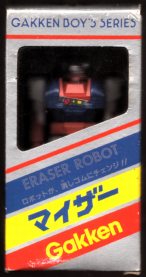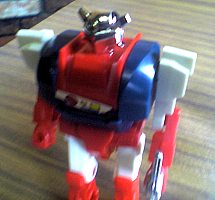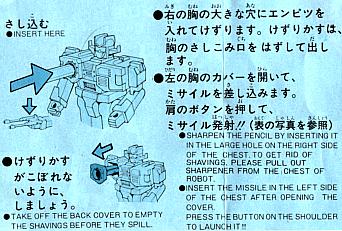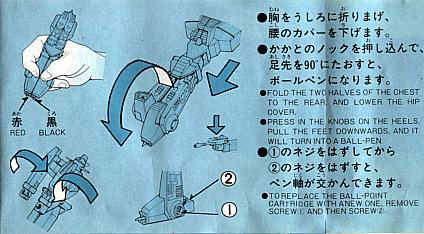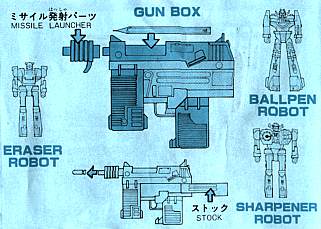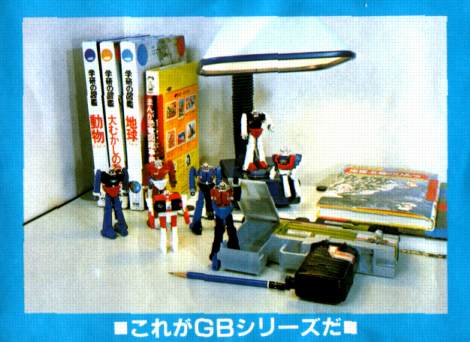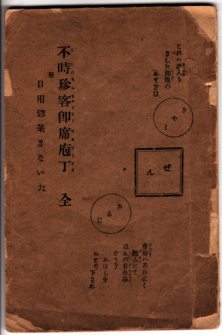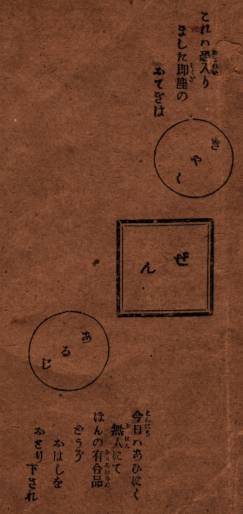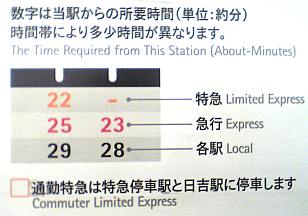Fashion vocabulary

I don't remember how it was on the outside, but here in Japan, fashion magazines are inexhaustible linguistic innovators. In particular, they are constantly coming up with new modifiers and affixes to denote subtle evolutions in the field.
This month, Oggi's major headline is:
知的華やぐ「攻めベージュ」で通勤ベーシックが進化する!
Which breaks down like this:
- 知的華やぐ (chiteki-hanayagu) - Chiteki is an adjectival noun meaning "smart, cerebral"; hanayagu is a verb meaning "be like a flower, be gorgeous", derived from hanayaka in a regular but mysterious (to me) pattern (cf /azayaka/ → /azayagu/, etc.) Oggi has put the two words together to form a verb which means "to look intelligent and gorgeous". By creating a compound word like this, they mark out the concept as a persistent, coherent one, important enough to have its own word, to which readers might aspire. A mere phrase is more weakly linked and less urgent, even if it has the same semantic content.
- 攻めベージュ (seme-beiju) - Another compound word, roughly translating as "attack beige". (Semeru, "attack", is obviously being used metaphorically here; inside the magazine they speak of "attacking" those around you with "luxury", "use of gathering", etc.) Again, creating a word like this -- and putting it in quotes, no less -- marks the concept as an important one. It's not just a beige that happens to attack, it's an attack beige, and that's why it gets 30 pages.
- 通勤ベーシック (tsūkin-beishikku) - "Work basic". Literally means "commuter basic"; I have a theory that the term tsūkin for "work" clothes derives from the time when virtually all the women in the workplace were OLs who would change into a uniform once they got there, and so the clothes you wore to work really were just for commuting... but I haven't bothered to, you know, research it or anything. Yet again, this is a compound word rather than a phrase.
- 進化する (shinka suru) -- "Evolves". Things are always evolving in Japanese fashion. Island environments are like that. Those ill-equipped to survive a deadly dose of beige, for example, fall by the wayside, unfashionable and impoverished.
So:
Brainy-gorgeous "attack beige": office basic evolves!
(Yes, I did just want an excuse to write "attack beige" a bunch of times.)
![[No-sword]](http://no-sword.jp/images/site/no-sword_banner.jpg)

